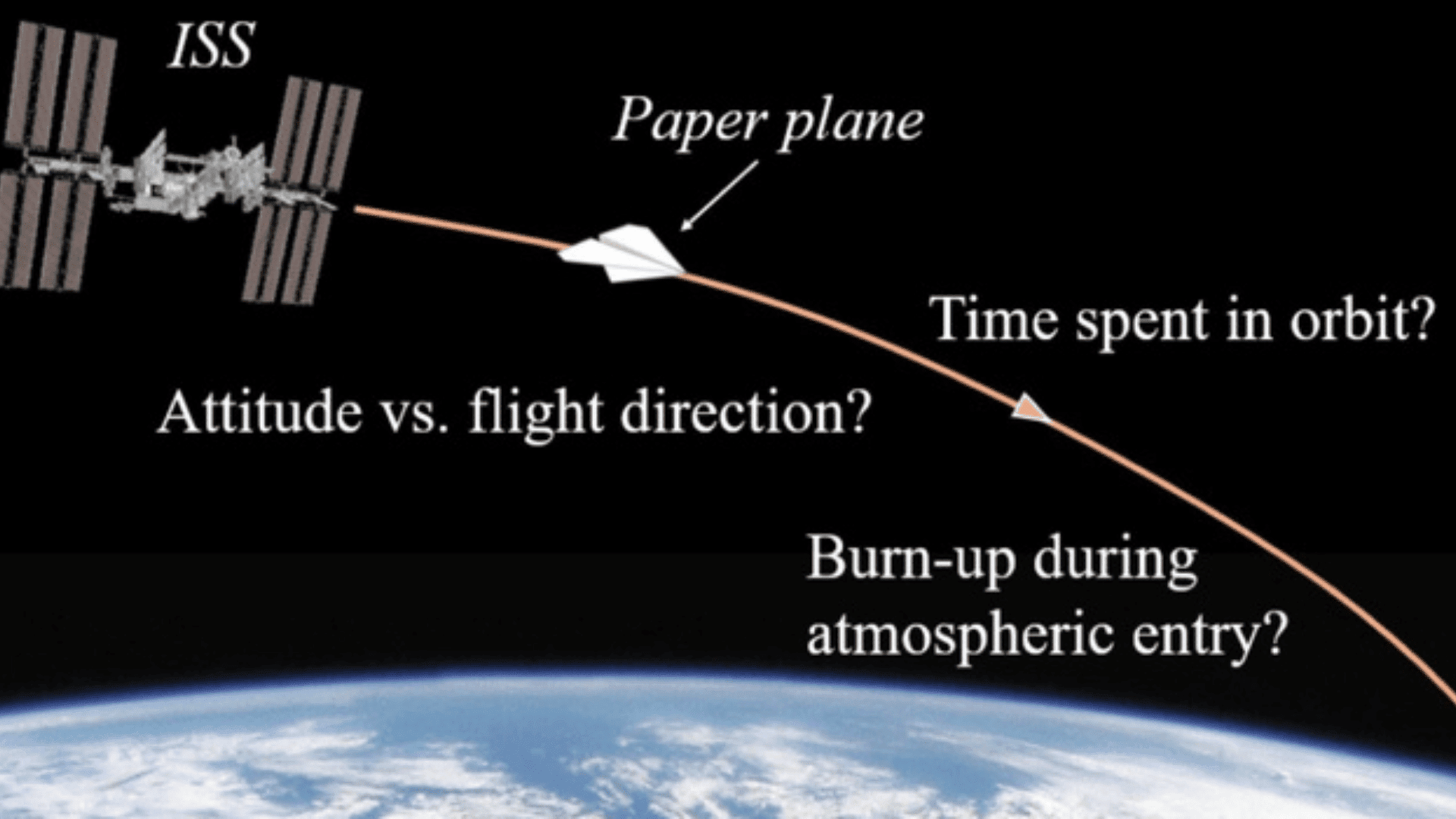On November 2, 2021, nuclear reactor and fuel design engineering company X-energy announced that it completed the preliminary design of its TRISO-X Fuel Fabrication Facility together with the nuclear fuel company Centrus Energy. This marks a huge step forward in the commercialization efforts towards a nuclear facility capable of handling the enriched uranium for the coming fleet of advanced reactors, bringing TRISO-X fuel to market.
X-energy contracted with Centrus in 2018 to support the facility’s preliminary design work that is now completed. Under a new contract supported by the Department of Energy (DOE)’s Office of Nuclear Energy Demonstration Tier of the Advanced Reactor Demonstration Program, X-energy will finalize the detailed design of a commercial-scale TRISO-X fabrication facility. Under the award from the DOE’s department, the facility will support the deployment of X-energy’s flagship XE-100 power plant in Washington State by 2027. It will also be capable of supporting other Xe-100 sites and a variety of customers needing other fuel forms of TRISO.
What is TRISO Fuel & What Are Its Benefits?
TRISO stands for TRi-structural ISOtropic particle fuel; it is designed and engineered so that it can not melt in any scenario inside of the reactor.

Photo Credit: Idaho National Laboratory
Specific to X-Energy, TRISO-X fuel uses an enriched uranium chemistry kernel that is coated four times in various types of ceramic material, ending up with a containment vessel about the size of a poppy seed. 19,000 of these containment vessel kernels are then evenly dispersed and coated with a graphite rind; this is the fuel form that goes into the reactor. This pebble has enough energy to power an electric vehicle almost 100,000 miles—that’s enough to drive around the earth four times. The reactor core barrel that uses the fuel takes 220,000 of these pebbles. Once the fuel is almost all burned up, the ceramic and graphite fuel form retains long-lived waste used in fuel burn up which keeps all of the waste inside of it for tens of thousands of years.
The biggest advantage to TRISO and TRISO-X fuel is that it cannot undergo a meltdown, a major concern regarding any nuclear reactor. When this containment vessel burns up during the life of the uranium, it will contain 99.999% of all of the waste produced during burn up, creating a robust, safe fuel that cannot melt down. The ceramic coating on the uranium prevents the release of radioactive fission products and is resistant to the most common sources of risk in a nuclear reactor: neutron irradiation, corrosion, oxidation, and high temperatures. TRISO particles can withstand extreme temperatures that exceed the capabilities of current nuclear fuels.
TRISO fuel could lead to a new generation of nuclear power plants; it has the potential to be a game-changer in the field of renewable energy and help achieve the global goal of net-zero carbon emissions by 2050.
History & Future of TRISO Fuel
TRISO fuel was first developed in the United States and the United Kingdom in

the 1960s with uranium dioxide fuel for the Dragon Reactor project, an experimental high-temperature gas reactor (HTGR) in England.
In the 1960s and 70s, reactors, like the Arbeitsgemeinschaft Versuchsreaktor (AVR) unit in Germany from 1967 to the late 1980s and the Fort Saint Vrain HTGR in Colorado from 1976 to 1989, and scientific advances, like fabrication technology and fission product release observations, supported TRISO research and development, leading to the TRISO coatings to grow more sophisticated.
The DOE focused on improving TRISO fuel in 2002 using uranium oxycarbide fuel kernels to further develop advanced HTGRs. In 2009, this improved TRISO fuel set an international record by achieving a 19% maximum burnup during a three-year test at Idaho National Laboratory (INL). This is almost double the previous mark set in the 1980s and is three times the burnup that current light-water fuels can achieve.
These tests exceeded the predicted worst-case accident conditions for HTGRs and showed zero to minimal damage of the particles with full fission product retention, exceeding the predicted worst-case accident conditions.
In addition to X-energy’s and Census’ TRISO-X fuel, continued TRISO fuel qualification testing is occurring at INL and Oak Ridge National Laboratory. With support from the DOE, the Electric Power Research Institute (EPRI) worked with INL and industry stakeholders to submit a licensing topical report to the U.S. Nuclear Regulatory Commission (NRC) for official review.

Photo Credit: International Atomic Energy Agency
Two experimental reactors currently use TRISO fuel compacts: the HTR-10 in China, and the High-temperature engineering test reactor in Japan. Various projects around the world are already developing high-temperature and molten salt nuclear reactors which use TRISO-type fuel, some for small modular reactors and microreactors. This could indicate a shift away from large-scale nuclear plants towards smaller, more robust reactors that could safely provide power to smaller or remote areas.
As well as power, TRISO fuel may just be the key to getting humans on Mars. Using the same technology created to make TRISO fuel, scientists and engineers can create a thermal nuclear thermal propulsion system that could shorten the projected six-to nine-month trip to Mars in half. This is essential for reducing the cosmic radiation that the astronauts would receive.
TRISO’s ability to withstand extremely high temperatures and long life and the instrumentation and control system used for TRISO fuel can also help build a permanent installation on the moon that would allow for humans to stay for an extended period of time. This is in the form of a nuclear fission surface power system that would give power to the moon’s surface.
Read more about nuclear energy HERE, or stream Tomorrow’s World Today’s four-part exploration of nuclear energy on Science Channel GO and Discovery GO!







